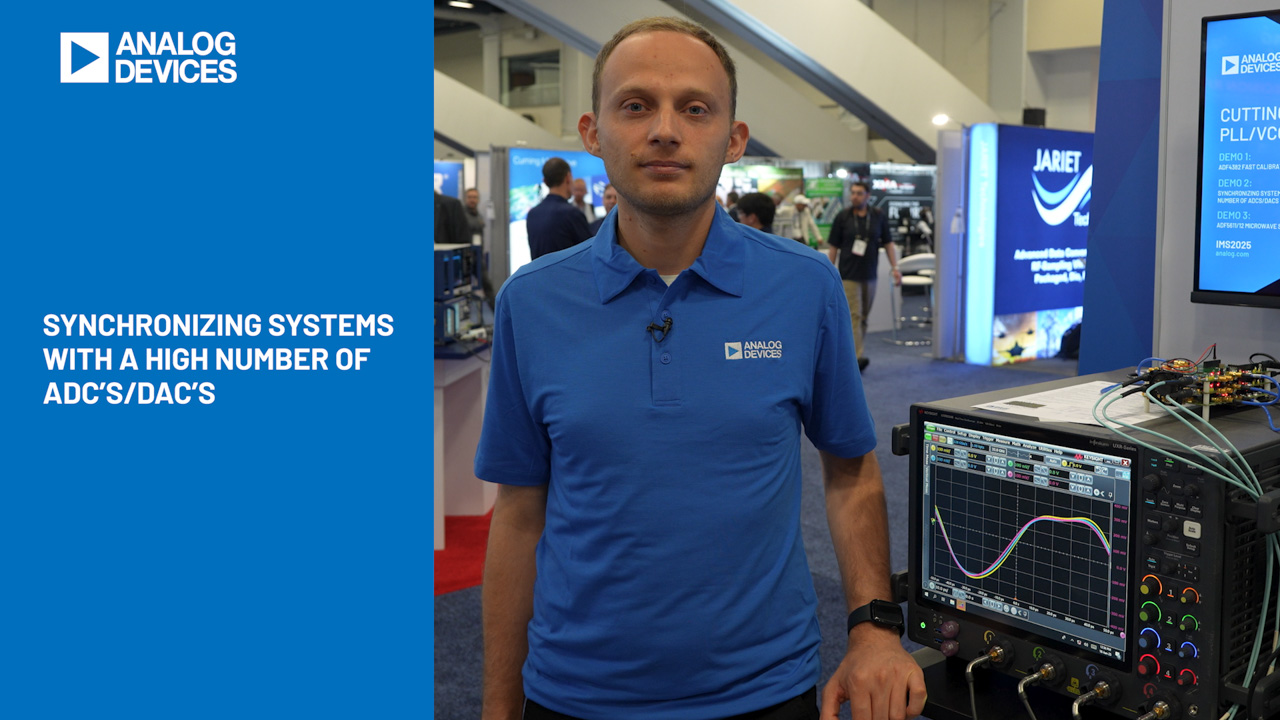Single-IC Supercapacitor-Based Power Supply Backup Solution
Supercapacitors are used in an increasing number of applications that require a ready source of backup energy that can be called on to provide short-term power when regular input power is lost. In these applications, supercapacitors have a number of advantages over traditional energy storage devices such as batteries, including low maintenance requirements, virtually unlimited cycle life, and low effective series resistance. The LTC3226 simplifies the design of supercapacitor-powered backup application with a single-IC solution that charges the supercapacitor when input power is available, and then delivers energy from the supercapacitor to the load when nominal input power fails.
Description
Figure 1 shows a typical 3.3V backup supply application in which the main power path from the input source to the load goes through the external PFET. As long as input power is available, the LTC3226 maintains the supercapacitor stack at a full 5V charge. If the input voltage falls below 3.15V, the 1.2F supercapacitor stack becomes the supply, supporting a 2A load at 3.3V for 600ms (See Figure 2). Achieving a seamless transition from main supply to backup storage requires four principal circuit components: a dual mode (1×/2×) charge pump with automatic cell balance and cell voltage clamp, an LDO to supply the load current during backup, an ideal diode controller to prevent the LDO from back-driving the input supply, and a power-fail comparator to detect the input voltage threshold below which a backup needs to be initiated.

Figure 1. 3.3V backup supply

Figure 2. 3.3V backup supply timing diagram
The dual-mode constant-frequency (900kHz) low noise charge pump charges the supercapacitor stack to an externally programmed target voltage. The input current to the charge pump is programmed by an external resistor between the PROG pin and GND. At the beginning of a charge cycle, when the CPO pin voltage is less than VIN, the charge pump operates in 1× mode, acting like a pass element, and the charge current is approximately equal to the programmed input current. As the CPO pin voltage rises to within 200mV of VIN, the charge pump enters 2× mode (voltage doubler) and the charge current drops to half of the programmed input current.
One of the limitations of supercapacitors is low cell voltage, typically 2.7V, requiring a series connection of two cells for 5V applications. Since supercapacitors have more self-discharge due to leakage than most batteries, they require cell balancing to prevent overcharging of one of the series capacitors. The LTC3226 charge pump is equipped with an active balancer circuit, thus eliminating the need for external balancing resistors. However, since this balancer has limited source and sink capability, the charge pump is equipped with voltage clamp circuitry which constantly monitors cell voltages during the charging process and prevents the cells from overcharging.
A fast comparator detects when the input voltage falls unacceptably low and enables the LDO which powers the load from the supercapacitors. This power-fail threshold is programmed by an external resistor divider via the PFI pin. The output of the PFI comparator drives an open-drain output on the PFO pin to indicate the status of the input source. An external resistor divider to the LDO_FB pin sets the LDO output voltage.
Conclusion
The LTC3226 enables seamless supercapacitor-based power backup solutions by integrating the functions of a charge pump, an LDO and an ideal diode controller in a compact low profile 3mm × 3mm 16-pin QFN package. Its low 50µA quiescent current and small footprint make it particularly suitable for battery powered applications, as well as 3.3V systems that require protection from short power interruptions.




















